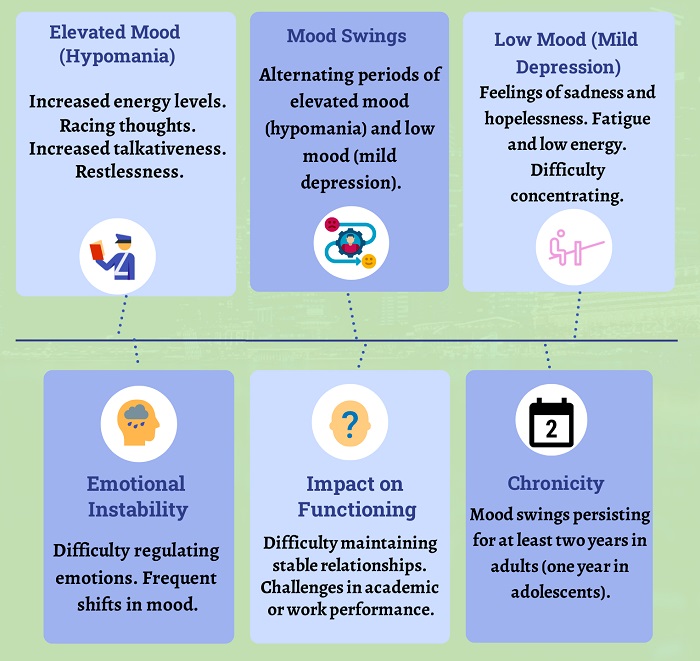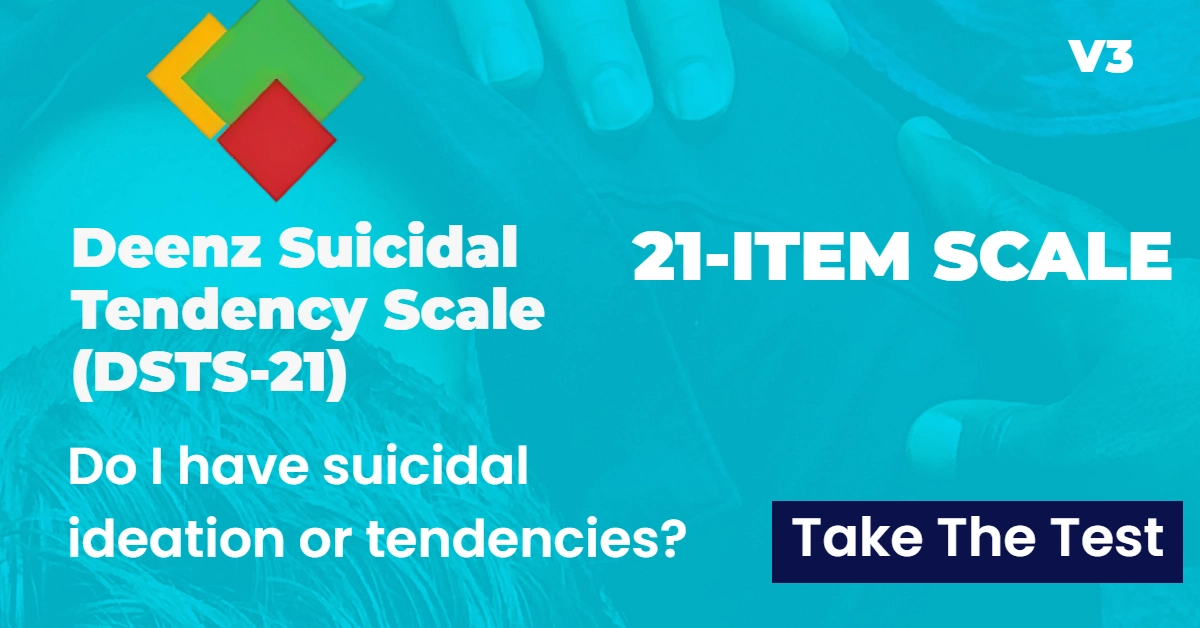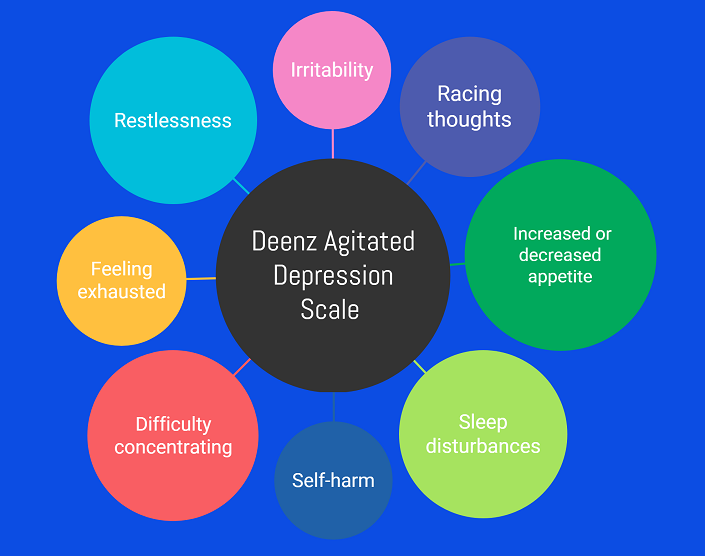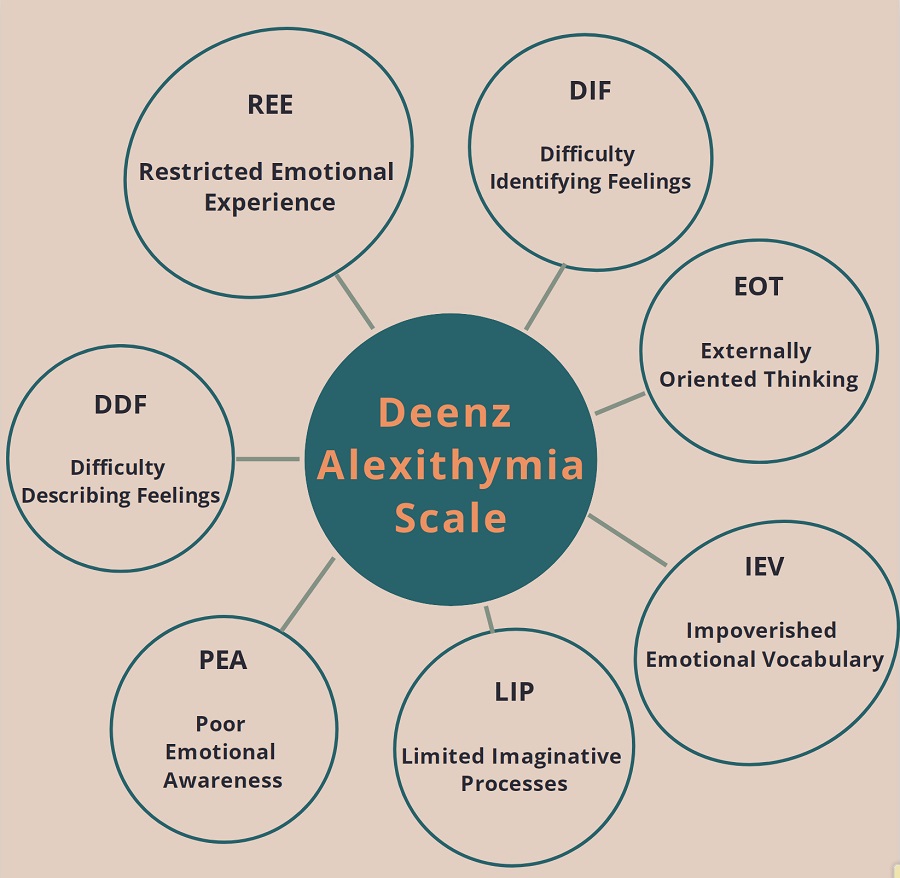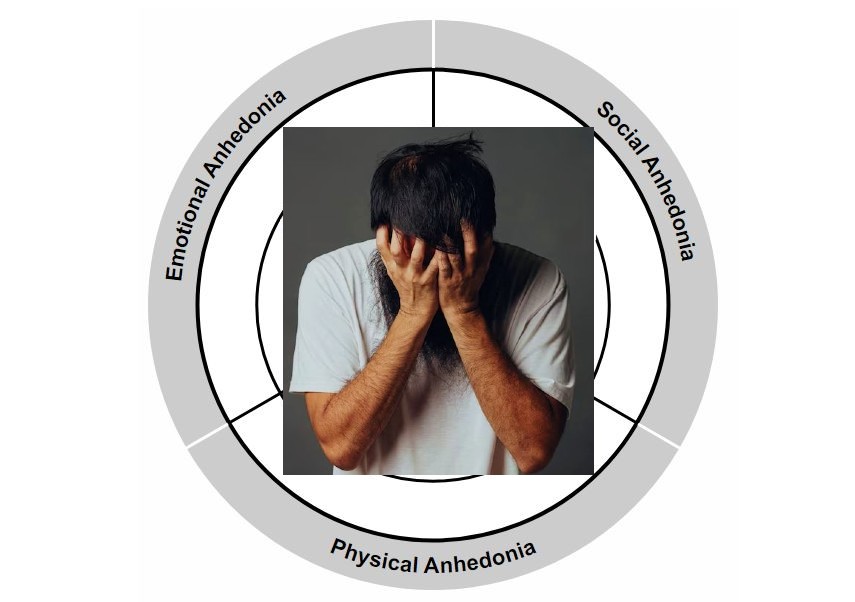Basic information | |
|---|---|
| Statements: | 16 |
| Duration: | 3–6 minutes |
| Type: | Self-assessment |
| Publishing year: | 2023 |
| Instructions: | The scale consists of 16 statements related to life experiences, behavior, and mood. Please provide an appropriate response by indicating your level of agreement with each statement. |
Cyclothymia test is the digital adoption of Deenz Cyclothymia Scale (DSC-16). [1] Development and Validation of the Deenz Cyclothymia Scale (DSC-16) This self-assessment tool is NOT designed to make clinical diagnoses of cyclothymia disorder. We do not collect personal information or store your results for research purposes.
Cycholomatia is a complex but rare mood disorder and is difficult to diagnose. A Mental health professional has to gather a lot of information regarding the patient’s symptoms and history of mood swings for making a proper and accurate diagnosis.
According to the criteria outlined by the American Psychiatric Association in DSM-5, a person must have experienced both periods of elevated or irritable mood and periods of depression or sadness for at least two years, and these mood changes must have constituted at least half of the time during that period to be diagnosed with cyclothymia. [2] American Psychiatric Association. (2013). Diagnostic and Statistical Manual of Mental Disorders. (5th Edition). Washington, DC.
A person with persistent mood swings along with other symptoms must not meet the criteria for other mental health disorders such as depression, bipolar 1, or bipolar 2. These mood swing episodes must have a significant impairment and interfere with day-to-day living. [3] Perugi, G., Hantouche, E., & Vannucchi, G. (2017). Diagnosis and Treatment of Cyclothymia: The “Primacy” of Temperament.
Does a high score mean that I have cyclothymia disorder?
No, this test scores your responses and provides a likelihood of having this condition, so you should not be solely dependent on the results.
This screening test may be helpful for those who are concerned with the symptoms and willing to get a professional diagnosis. Self-assessments may be a valuable first step toward getting professional help but should not be considered as definite medical advice.
How do you test for cyclothymia?
Cyclothymia is a mood disorder in which a person experiences hypomanic symptoms and depressive symptoms. To receive a diagnosis, the individual’s symptoms must meet the criteria outlined in the DSM-IV, which specifies mood disturbances persisting for at least two years.
The mental health professional can use variety of diagnostic processes.
Clinical evaluation: in which the professional can conduct interviews about the symptoms.
Symptom tracking: Another method a professional can use is symptom tracking, in which an individual is asked to keep track of the mood swings and duration of mood swings.
There is no official self-assessment which one can use to make self-diagnosis of cyclothymia.
References
Dar, D. M. (2024). Development and Validation of the Deenz Cyclothymia Scale (DSC-16): A Tool for Assessing Subclinical Cyclothymic Tendencies in Non-clinical Population. PsychArchives. https://doi.org/10.23668/psycharchives.14226 ↩
American Psychiatric Association. (2013). Diagnostic and Statistical Manual of Mental Disorders. (5th Edition). Washington, DC. ↩
Perugi, G., Hantouche, E., & Vannucchi, G. (2017). Diagnosis and Treatment of Cyclothymia: The “Primacy” of Temperament. Current Neuropharmacology, 15(3), 372-379. https://doi.org/10.2174/1570159X14666160616120157 ↩





